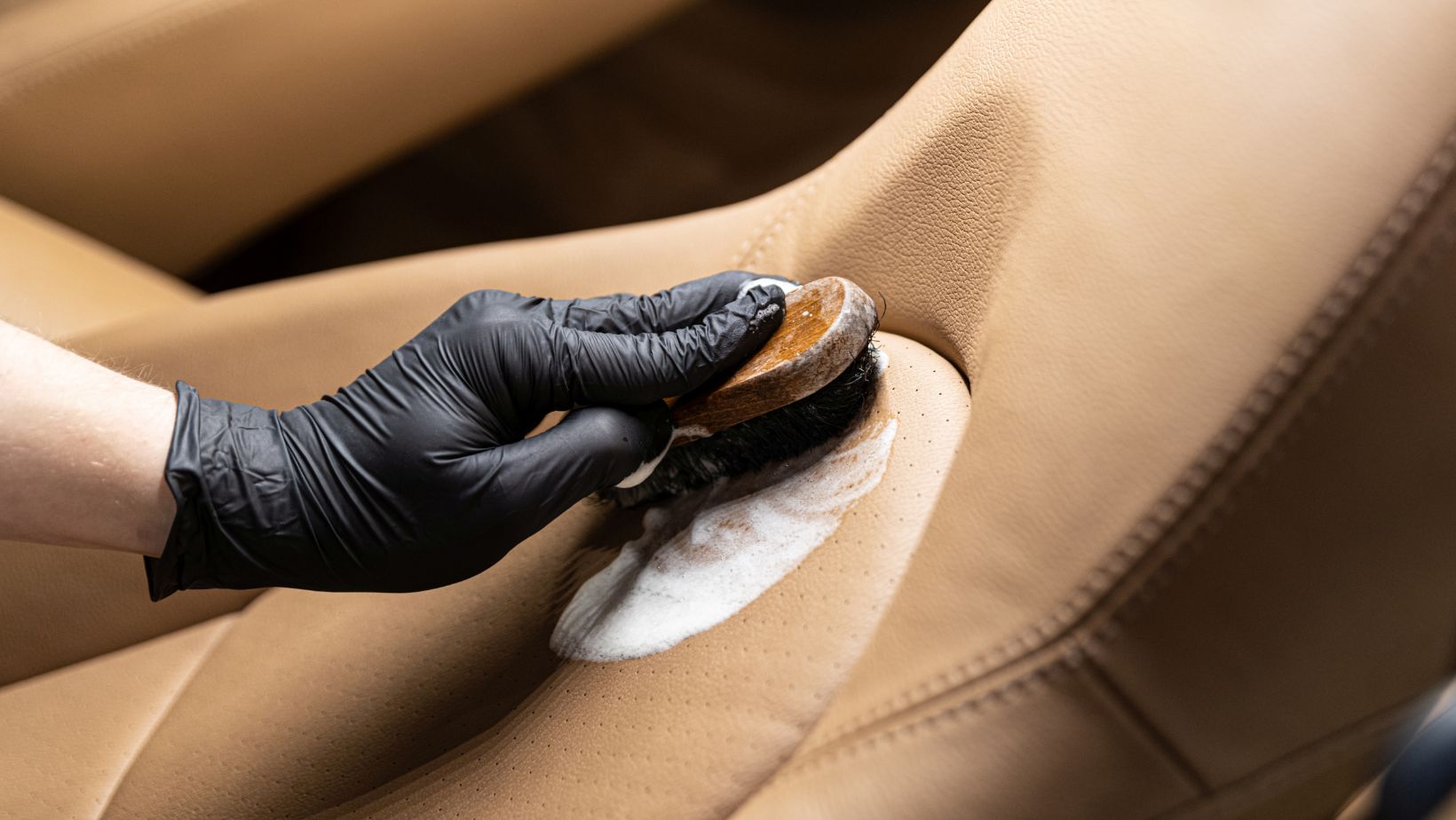Repair Leather Car Seat
If you’re facing the dilemma of a damaged leather car seat, don’t panic. There are effective solutions available to repair your leather car seat and restore it to its former glory. Whether it’s a small tear, a scratch, or fading colour, addressing these issues promptly can help maintain the overall aesthetic appeal and value of your vehicle.
One option for repairing a leather car seat is to use a DIY repair kit specifically designed for this purpose. These kits typically come with all the necessary tools and materials needed to mend minor damages. From adhesive compounds to colour-matching dyes, these kits can help you achieve satisfactory results without breaking the bank.
However, if you’re dealing with more substantial damage or lack confidence in your own abilities, seeking professional assistance may be the best course of action. Skilled technicians at auto upholstery shops or specialised leather repair centres have the expertise and resources to handle complex repairs effectively. They can seamlessly blend colours and textures while ensuring that the repaired area matches the rest of your car interior flawlessly.

Signs of Leather Car Seat Damage
If you’re a car owner, you know that maintaining the quality and appearance of your leather car seats is essential. However, over time, wear and tear can take a toll on them. It’s important to be aware of the signs of damage so that you can address them promptly and extend the lifespan of your seats.
Here are some common indications that your leather car seats may be damaged:
- Cracks and Fading: One noticeable sign of wear is the presence of cracks or fading in the leather upholstery. These can occur due to prolonged exposure to sunlight, heat, or improper cleaning methods. Keep an eye out for any discoloration or areas where the leather appears brittle or worn.
- Tears and Rips: Another obvious sign is when you spot tears or rips in the leather surface. These can happen from sharp objects such as keys or belt buckles scraping against the seat. Even small tears should not be ignored as they can worsen with time if left untreated.
- Wrinkles and Creases: Over time, constant use and pressure on certain areas can cause wrinkles and creases to form on your leather car seats. While this may seem inevitable with regular use, excessive wrinkling could be a sign of deteriorating leather.
- Stains and Discoloration: Spills are bound to happen inside your vehicle, but if these spills leave behind stubborn stains or discoloration on your seats, it’s a clear indication that damage has occurred. Whether it’s coffee stains or ink marks, immediate action is necessary to prevent further penetration into the leather fibers.
- Loss of Texture: If you notice a significant loss in texture on your leather car seats – whether they feel rougher than before or have become unnaturally smooth – it could indicate damage caused by friction or improper cleaning products.
Final Thoughts
It’s worth noting that the severity of damage can vary depending on how well you’ve maintained your leather seats and how often they’re exposed to harsh conditions. Early detection is crucial, as it allows for more effective repairs and prevents the damage from escalating.
Whether you opt for a DIY approach or seek professional help, repairing leather car seats is an attainable task that can revive your vehicle’s interior aesthetics and functionality. By taking timely action and implementing proper maintenance practices from now on, you’ll be able to enjoy comfortable rides while preserving the luxurious look of your car seats for years to come.








































